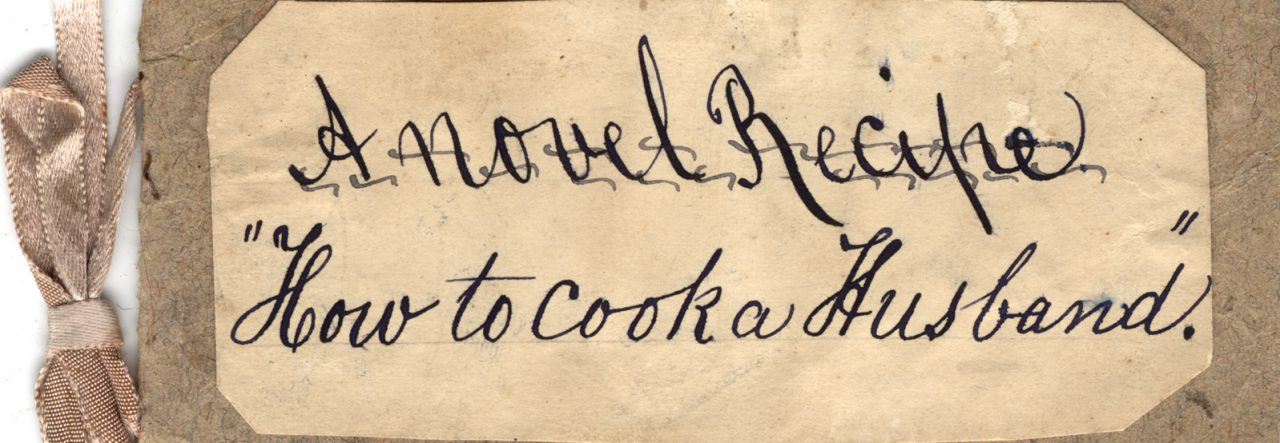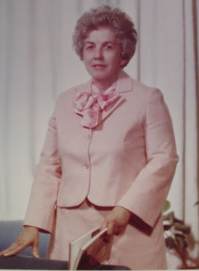If you’re a long-time follower, I hoe you’ll forgive me for going a bit more off track than usual this week. You know that usually I would post images and commentary/history on an item from the History of Food and Drink Collection. The thing is, last week, I got to do something amazing and 100% food history related. And I really want to talk about it. I think it may give our readers more insight into some of my future hopes/dreams for the collection, and you’ll learn about my passion for food history. It’s going to a long post, but I’ll keep my comments short and I promise there are pictures.
Each summer, the Center for Historic American Visual Culture (CHAViC) at the American Antiquarian Society (AAS) hosts a week long seminar. Each year, the topic changes and you’ll never see quite the same thing again. This year, the theme was “Culinary Culture: The Politics of American Foodways, 1765-1900.” You can read more about it online. As soon as I heard about it from a colleague who attended last year, I knew I had to go. Luckily, the faculty member leading the seminar agreed and I was accepted.

My week was spent in the company of graduate students, faculty, and a couple of other library types from a variety of disciplines: History, Art History, English, American Studies, and Religion Studies. Led by a visiting faculty member and assisted by the staff at the AAS, we had lectures, hands-on workshops (with books, prints, ephemera, trade cards, images, and artifacts), field trips, and even time to do our own research. The archivist in me was giddy from the behind-the-scenes tour, the scholar in me was gleeful about playing in someone else’s archives, and the collection manager in me was thrilled to talk about and learn how and why people from diverse backgrounds study food and food history.
On our first day, we were shown a number of objects related to food and asked to pick one. Over the course of the week, we were supposed to keep thinking about the object, how what we talked about changed our understanding of it, and, on the last day, give a brief informal presentation about the object as an item. Some people put the object in the context of American culture at the time, others talked about how it could be used in a classroom setting to engage students, and still others used the object as a jumping off point for broader observations about what the item represented. I chose this 1759 advertisement for a merchant in Boston, printed by one Paul Revere. It was accompanied by a handwritten receipt for the items purchased by a customer, around which the ad would have been wrapped (you can still see the fold line under “Large & small Spiders” below).


I could probably write a paper on what I talked about for those short 5 minutes, and I won’t linger on that today, but it won’t surprise anyone to know I focused on how this might fit in as something I would show a visiting class and what it says about culinary activities in early America.
During our daily workshops, we got to handle a wide variety of materials. The items related to the day’s theme. We spent time looking at them, then had group discussions about their significance, interest, use, etc., as they related to art, political, culinary, economic, and social/domestic history. I took lots of picture, from political cartoons to trade cards to hand-colored tea plants in a botany book. (Apologies for all the reflections, but most items were in mylar for their safety and flashes weren’t permitted. Also, I haven’t had a chance to crop and edit yet.)




Of course, you don’t put a group of scholars obsessed with food together and not cook. During a trip to Old Sturbridge Village, we cooked an 1830s meal over an open hearth from scratch (stuffed and roasted chicken, mashed potatoes, carrots, rolls, greens with burnt butter dressing, lemonade, pounded cheese, and “Washington Cake” with hand-whipped cream, plus we churned and washed our own butter!). It was an eye-opening experience to actually prepare this meal and if it weren’t for 20 sets of hands, it would have taken well more than our 3 hours. We tasted and talked about hard cider, cheese and cheesemaking, and Sazeracs and other historic cocktails, and bravely sampled hardtack. On our last day together, we made gingerbread as dessert for the evening’s cook out. It was Eliza Leslie’s 1827 recipe that included a pint of molasses and four different spices. Dense as it was, it tasted amazing and I’m looking forward to making it at home for friends.


Besides the fun, my pile of notes, new knowledge gained, and the chance to do research (why yes, I DID find some interesting cocktail history in manuscript form, but more on that another day), there was something even more important I learned last week and it was a large part of what I wrote about in my application essay. I wanted to meet people from different disciplines who studied food and I wanted to know why they did. I’ve worked at Virginia Tech Special Collections with the History of Food and Drink Collection for more than 6 years. One of my biggest challenges is finding ways to make it seem usable and relevant in the classroom. After a week of conversation and collaboration, I’m looking forward to reflecting on how I can broaden the way I think about our collection and its use, and how I can encourage faculty and students on campus to do the same. Hopefully, I can find some angles to entice classes in unexpected areas of study to pay us a visit.
Finally, after going on way to long, I’ll leave you with two more images (no, not me washing butter–but a picture of that DOES exist!). They are two food items vital to the history of food and culinary culture in America and abroad. If you want a bit of my experience from last week, give yourself five minutes to consider them. It might just surprise you how politically charged your morning beverage might be.


See you next week, when we’re back to our regularly scheduled programming. 🙂






















































